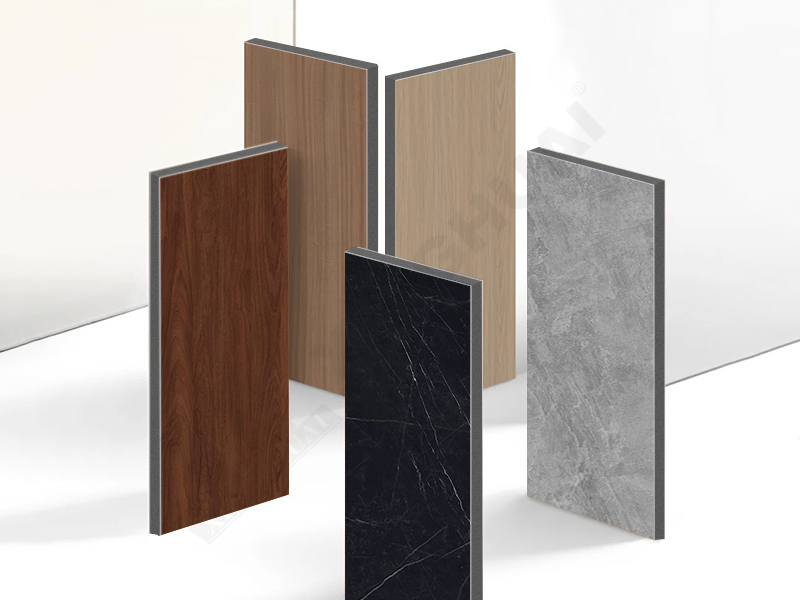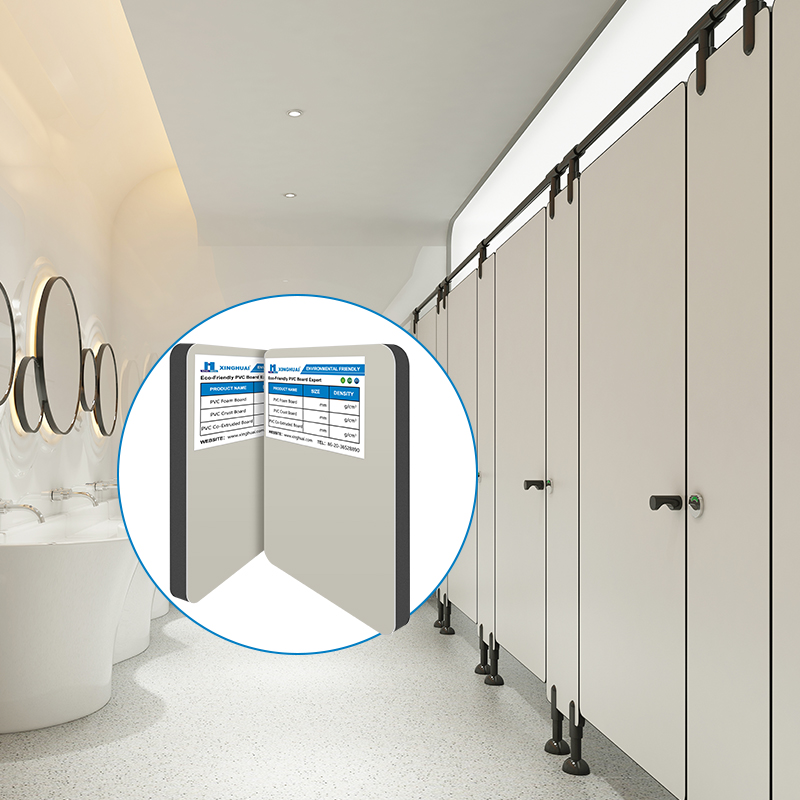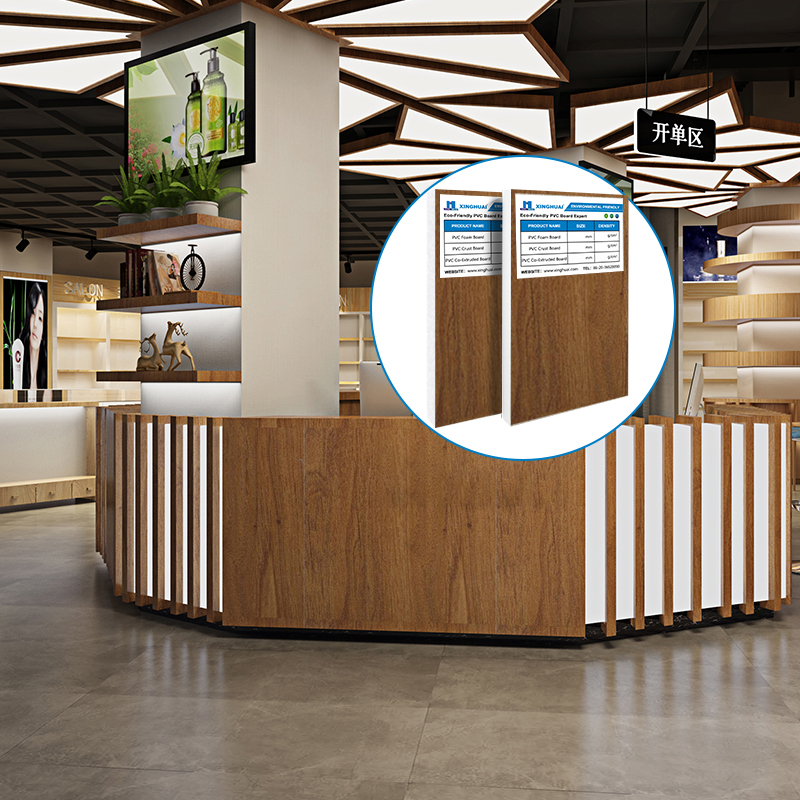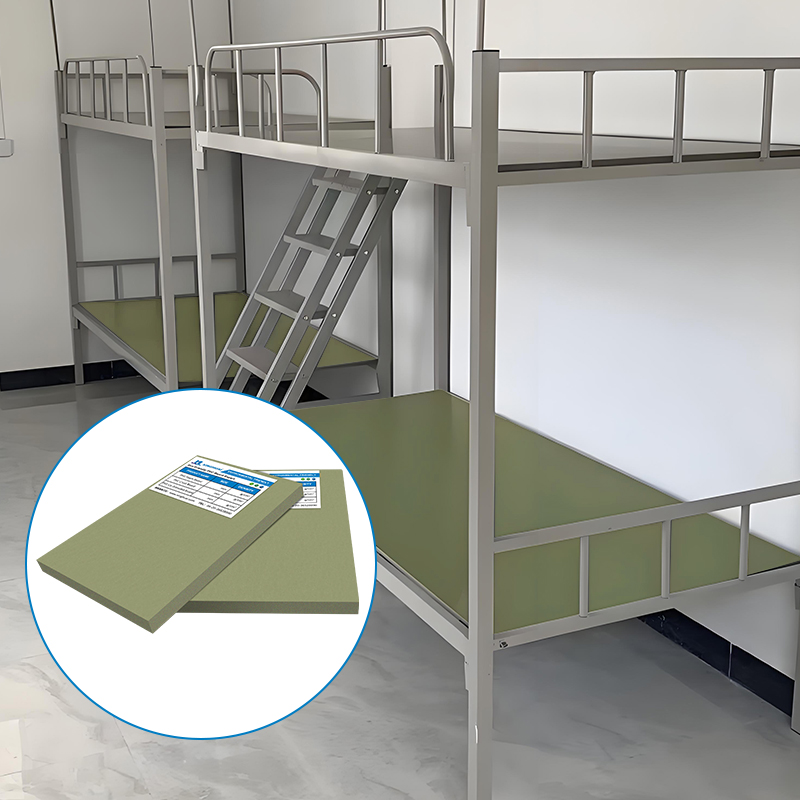When it comes to enhancing the functionality and aesthetics of foam boards, one common question that arises is whether their surfaces can be laminated. The answer is a resounding yes, and this process can significantly elevate the performance and appearance of various types of foam boards, especially those like white pvc cladding sheets, white pvc sheet panel, white pvc plastic sheet, white pvc sheet for wall, and white standard foamex pvc foam board.
Understanding Foam Boards and Their Types
Foam boards are versatile materials widely used in construction, advertising, and interior design. Among them, white pvc cladding sheets are popular for their ability to provide a clean, modern look to buildings. These sheets are not only visually appealing but also offer excellent weather resistance, making them suitable for both indoor and outdoor applications. Similarly, white pvc sheet panel serves as a great alternative for wall coverings, offering a smooth and uniform surface that can be easily customized.
White pvc plastic sheet is another variant known for its durability and flexibility. It can be cut, shaped, and molded into various forms, making it ideal for creating intricate designs or fitting specific spaces. When used as white pvc sheet for wall, it adds a touch of elegance while protecting the underlying structure from moisture and wear. Additionally, white standard foamex pvc foam board is a lightweight yet sturdy option, often used in signage and display applications due to its excellent printability and rigidity.
The Benefits of Laminating Foam Board Surfaces
Laminating the surface of foam boards, including white pvc cladding sheets, white pvc sheet panel, and others, offers numerous advantages. Firstly, it enhances the durability of the material. The laminate acts as a protective layer, shielding the foam board from scratches, stains, and UV damage. This is particularly important for outdoor applications where the material is exposed to harsh environmental conditions.
Secondly, lamination improves the aesthetic appeal of foam boards. With a wide range of laminate finishes available, such as gloss, matte, and textured, you can achieve the desired look for your project. For instance, a glossy laminate on white pvc plastic sheet can create a high-end, reflective surface that catches the eye, while a matte finish on white pvc sheet for wall can provide a more subdued, elegant appearance.
Thirdly, lamination can add functional properties to foam boards. For example, anti-graffiti laminates can be applied to white standard foamex pvc foam board used in public spaces, making it easier to clean and maintain. Similarly, anti-bacterial laminates can be used in healthcare settings to ensure hygiene and safety.
The Process of Laminating Foam Board Surfaces
The process of laminating foam board surfaces involves applying a thin layer of laminate material onto the surface of the foam board. This can be done using various methods, such as hot roll laminating, cold roll laminating, or pressure-sensitive laminating. Each method has its own advantages and is suitable for different types of foam boards and laminate materials.
For white pvc cladding sheets and white pvc sheet panel, hot roll laminating is often preferred as it provides a strong bond between the laminate and the foam board. The heat from the rollers activates the adhesive on the laminate, ensuring a secure and long-lasting attachment. Cold roll laminating, on the other hand, is suitable for heat-sensitive materials or when a lower temperature is required to prevent damage to the foam board.
Pressure-sensitive laminating is a versatile method that can be used for a wide range of foam boards, including white pvc plastic sheet and white pvc sheet for wall. It involves applying pressure to the laminate and foam board to create a bond, without the need for heat. This method is ideal for small-scale projects or when a quick and easy lamination solution is needed.
Applications of Laminated Foam Boards
Laminated foam boards, such as laminated white standard foamex pvc foam board, have a wide range of applications. In the construction industry, they are used for wall cladding, ceiling tiles, and partition walls, providing both insulation and decoration. The laminated surface enhances the visual appeal of these elements while protecting them from damage and wear.
In the advertising and signage sector, laminated foam boards are used to create eye-catching displays and signs. The ability to print high-quality graphics and images onto the laminate surface makes them ideal for promoting products, services, or events. The durability of the laminate ensures that the signs remain vibrant and legible even after prolonged exposure to the elements.
In interior design, laminated foam boards are used to create custom furniture, cabinetry, and decorative elements. The versatility of the material allows designers to create unique and personalized pieces that add a touch of style and sophistication to any space. For example, a laminated white pvc sheet panel can be used to create a sleek and modern kitchen backsplash or a stylish bathroom vanity.
Conclusion
In conclusion, the surface of foam boards, including white pvc cladding sheets, white pvc sheet panel, white pvc plastic sheet, white pvc sheet for wall, and white standard foamex pvc foam board, can indeed be laminated. This process offers numerous benefits, such as enhanced durability, improved aesthetics, and added functional properties. With various lamination methods available, it is possible to achieve the desired look and performance for a wide range of applications. Whether you are looking to protect your foam boards from damage, create a high-end finish, or add specific functional properties, lamination is a versatile and effective solution. So, the next time you work with foam boards, consider laminating their surfaces to take your project to the next level.





